Coloured Like Lightning - Malabar Whistling Thrush
The Stunningly Beautiful Malabar Whistling Thrush
BIRDS
Aniruddha Bhattacharya
11/4/20255 min read
Tamhini Nature's Nest, Mulshi, Maharashtra
Some characters in the wild leave more of an impact on me because of their looks, behavior or story pretty much like some people do outside the wilderness and interestingly for the same reasons. I’d met the Blue Whistling Thrush in Sattal a couple of years ago and that guy really stood out for me as I wrote in “Just How Blue Are You Whistling Thrush?” That bird was stunning to look at and had an attitude to match the striking poses that it threw at me. Given that I’m focusing on the Western Ghats this year, I was pretty confident that I’d be running into that bird’s cousin, the Malabar Whistling Thrush along the way for sure. In fact, I’d heard their calls plenty of times in Valparai in August but I guess the weather just didn’t permit a face to face meeting then. Well, I was in Maharashtra last week and as I’d hoped, the face to face did happen finally. In fact, the one species that I got to photograph the most at the Tamhini Nature’s Nest bird hide was the Malabar Whistling Thrush and just like his all blue cousin, this guy was stunning to look at with his reflective blue on black colour combination and his in your face attitude.
The shiny blue and black on these guys reminds me of lightning on a night sky but then I might be a little biased here cause anything with that colour combination will probably take me back to my teenage memories of staring at the glossy blue on black album cover of Metallica’s “Ride The Lightning”. I must’ve worn out that tape while staring at that album cover for hours on end while getting my top blown off by first exposure to Metallica when I was a kid.
Now, I’m not really sure if I was photographing the same bird repeatedly or not cause I sighted just one of the species at a time, numerous times, over two days, at the same location by the water but the season’s just starting after a pretty long monsoon this year and these birds are known to be sighted alone usually or at the most in pairs. My guess based on how they looked is that it wasn’t always the same bird although they’re also known to bathe multiple times each day especially on hot days. More of their kind will probably be taking over the gorgeous Tamhini mountain pass situated on the crest of the Western Ghats as winter sets in given that although not migratory, these guys do tend to disperse in the winter. Water’s gonna start drying up from now on and they prefer to stay around water in the Western Ghats.
These birds are apparently not very difficult to find in that region if you’re looking. Thing with me is that I’ll take good light on a common yet beautiful subject any day over risky lighting conditions over a very rare species. I’m in it more for good pictures than a long list of documented species and I am so glad that I got the most amount of time at varied lighting conditions with the most beautiful species that I sighted at Tamhini Nature’s Nest during my two days there. They may be common on that end of the country but they’re pretty rare and exotic for me and they pose so beautifully just like their cousins up in the north of the country.
These guys are described to be a large thrush measuring 25 – 30 cms. So basically a midsized bird that weighs between 100 and 130 gms. The blue on the females is supposed to be not as bright as on the males but I wouldn’t be able to tell you as I haven’t seen two together in the same light to make the distinction yet. The blue on these guys is due to ultraviolet reflectance which is a shared attribute with other whistling thrushes ( Ref : Just How Blue Are You Whistling Thrush ? ) They’re omnivorous birds who like many other species with that kind of diet choose to stay close to Human habitats for the benefits of doing the same.
They nest near water which isn’t surprising either given their affinity for it as you can see here. Of all the birds that I saw at the hide, these guys spent the most amount of time in the water. In fact, my subject would get off the water, dry off on nearby foliage like in Pic : 19 and then change their mind and jump in again to proceed with the same bathing ritual obviously not quite satisfied with the first bath a few minutes ago. The baths around the hotter afternoons were more detailed and lasted a lot longer than the bath right at sunset which seemed to be a cool off right before bed time. What was a total surprise for me about this location was that many of the species that we sighted throughout the day here would come in for a short evening bath right around sunset. Such a pity too cause the light then is no good at all for photos but it did teach me a lot about bird behavior in general. They were all probably stopping by on their return trip home which obviously was not far and this watering hole, adjoining a mountain and woodland was possibly one of the reasons for them choosing to live in the area in the first place.
So I got back home and discovered that these guys are also called the “whistling school boy”. Seriously ? Makes me wonder how school boys whistled back when that name came along really cause if anything, they whistle a lot clearer than any kids I know for sure. The sound of their whistles is at best human-ish to my ears. But that’s my personal opinion based only on the fact that it’d be impossible for most people to hold a single note that long. To me, their whistles are freakishly un human to be honest. Like most creatures of the wild, these guys come attached with human lore about them. Good thing for these guys though is that theirs doesn’t end up in their persecution. The Kadar tribes of the Anaimalai hills used to believe that their community elders were reborn as this species and the presence of these birds in the forest was seen as positive company amid the dangers of the forest.
This was the first species that I saw at Tamhini Nature’s Nest and it was also the one that I saw the most of. They started off my journey in Maharashtra at a huge positive note cause the colours on these birds just pop so much more when they’re wet and it really helps that they like to stay that way. My journey in these parts included Tamhini Ghat and Koyna this time around and these offbeat wildlife locations proved to be such gems in the rough really. I have a stash of pictures to get through again after a while and I’m pretty excited about unpacking them all and the stories that they come with. There are a couple of rarities there I think that might surprise you. But, we’ll come to that when we do.
Season’s on wildlings. All the best !
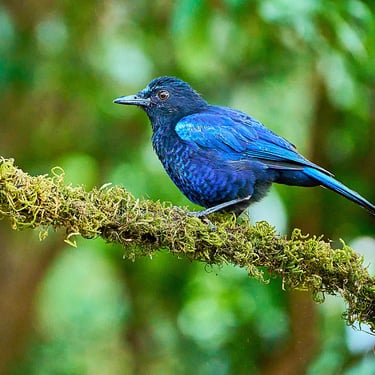
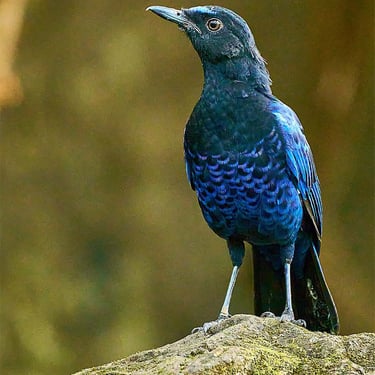

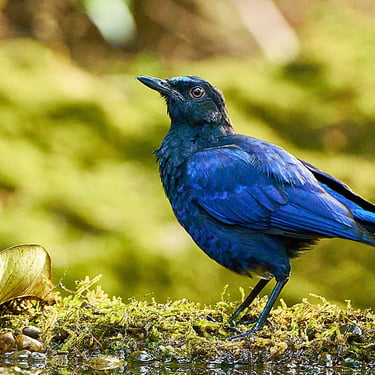
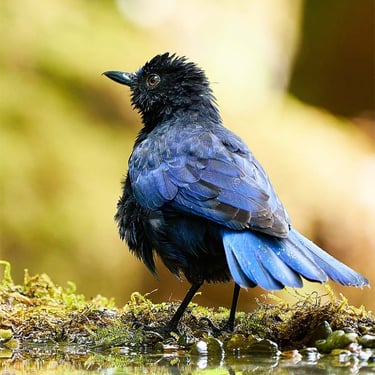
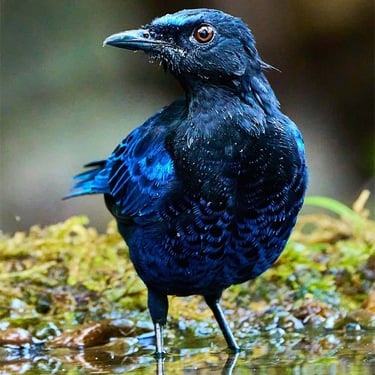
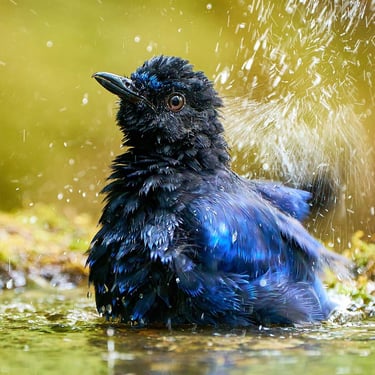
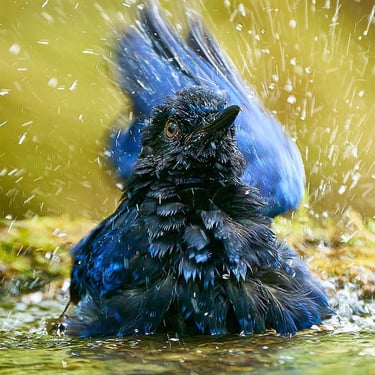
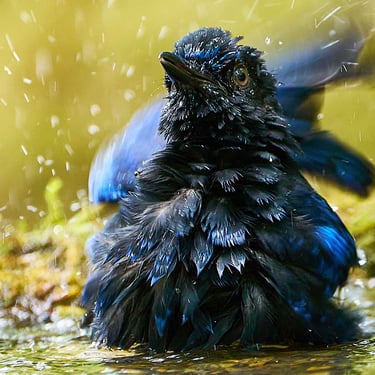
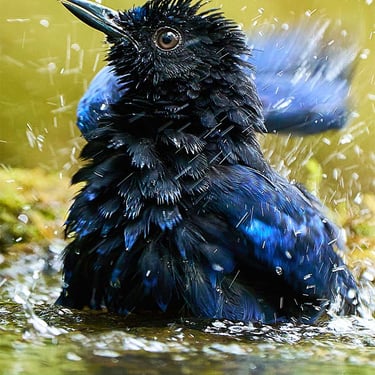
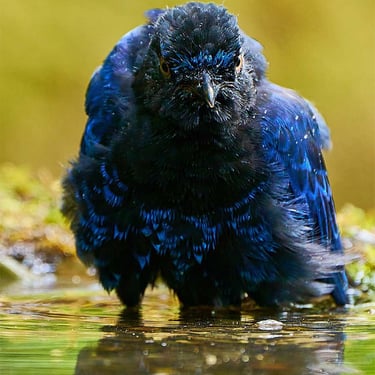
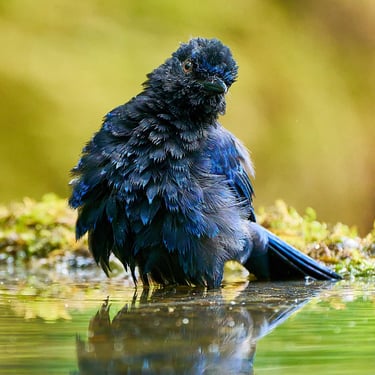

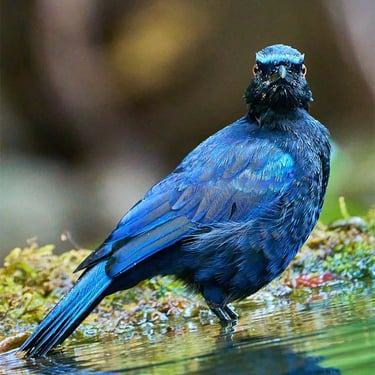
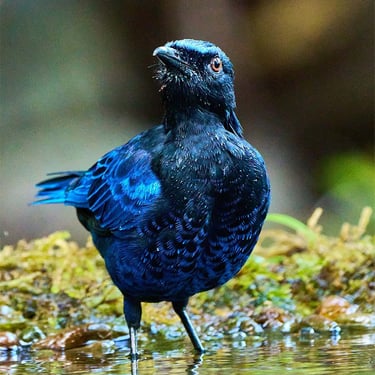
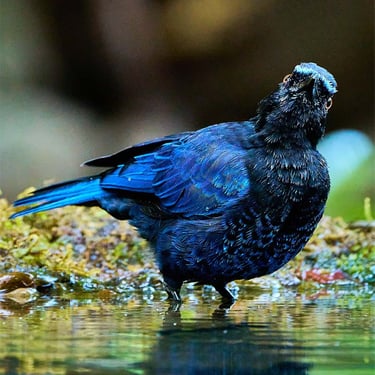

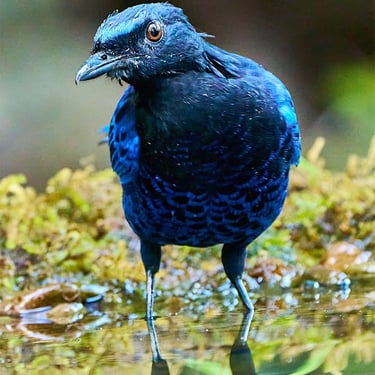
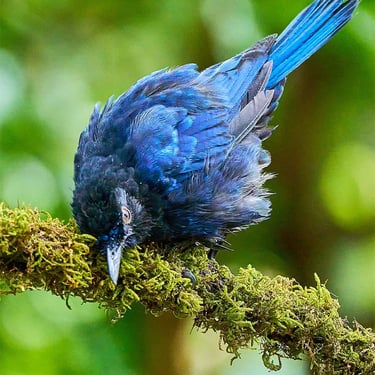

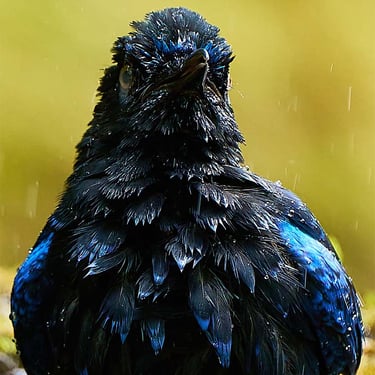


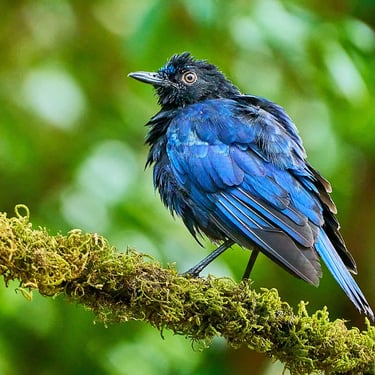
© 2025. All rights reserved.
